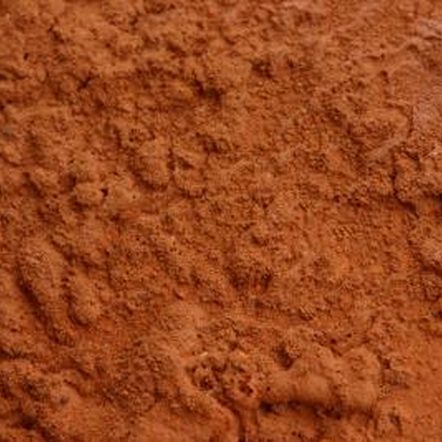
Unscreened Topsoil Benefits
Topsoil, as a naturally occurring earth source, is becoming more difficult to find; soil manufacturers must create their own mixtures with well-researched proportions of basic soil components. An affordable solution for gardeners needing soil to create a mound or other elevated landscaping shape is unscreened topsoil. This soil type has a mixture of large and small soil particles. Its coarse consistency makes it well suited for a subsoil base as opposed to a fine surface soil. Your garden landscape can be created with this unscreened soil and a finer topsoil added later.
Screened Topsoil Benefits
Screened topsoil travels through specifically sized mesh during manufacturing. Consumers can choose a topsoil consistency, such as particle sizes of five-eighth or three-quarter-inch. Applying topsoil with a consistent particle size across a garden allows nutrients and water to flow naturally through the soil for a healthier growing space. Once tilled into your garden’s natural topsoil, the plants’ roots are free to grow deeply. Fruit trees and other large plants will have a greater chance at growing tall and producing lots of fruit.
Unscreened Topsoil Drawbacks
Although relatively inexpensive, unscreened topsoil does not have the best consistency to be used as a productive growing medium. The alternating large and small soil particles can inhibit root growth and stifle nutrient supplies. This particular topsoil is best used as a landscaping device rather than being tilled into a small flower bed as the main soil nutrient source. Water can become trapped between the oddly shaped soil particles, causing plant damage, such as root rot.
Screened Topsoil Drawbacks
Since screened topsoil must be manufactured with specific researched processes, this topsoil choice can be expensive. In general, a finer soil consistency will cost more than a larger particle choice. Budget-minded gardeners may find that they need to spread this topsoil across more garden square footage, creating only a thin depth of nutrient rich topsoil. Spreading the screened topsoil thinly may hinder the garden’s growth since the nutrients within the earth will be reduced.
Source: http://homeguides.sfgate.com/unscreen-vs-screen-topsoil-34418.html
